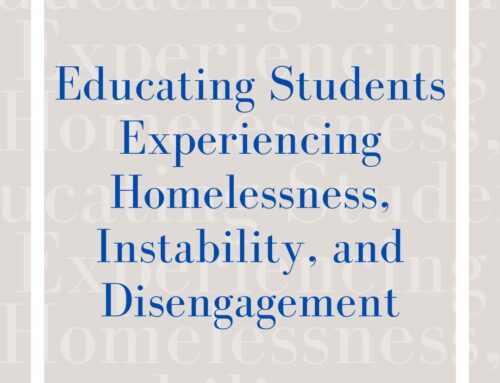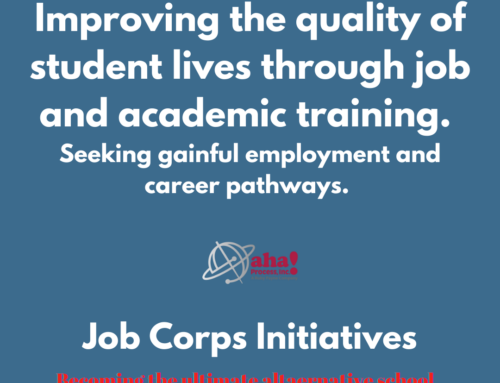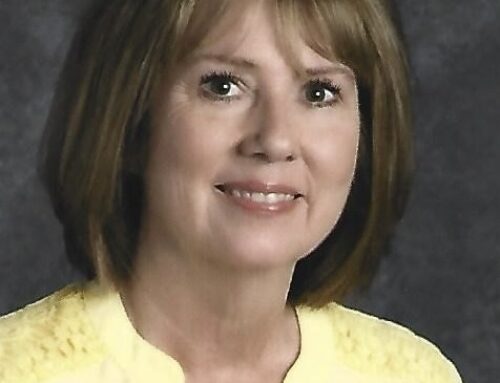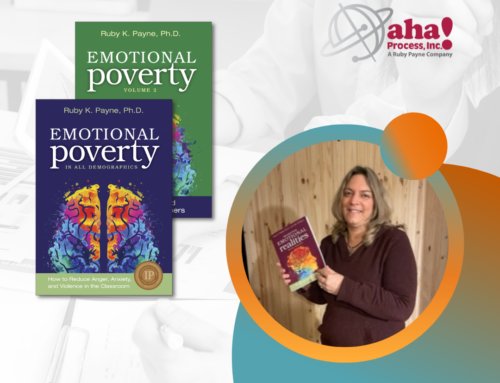The main focus of the No Child Left Behind Act was to drive broad gains in student achievement. I have pondered if proponents of the law really considered the amount of scaffolding needed for ALL students to achieve broad gains, particularly high ability and gifted students. Based on my observation, the establishment of this law shifted the attention of teachers to students at the proficient, basic, and below basic levels because teachers and administrators felt
these students, which in most school districts is 75 percent of students, needed the most scaffolding for achievement gains.
Recently, I was told a story about a gifted elementary student who brought home several pages of unfinished schoolwork. When the parent inquired why there was so much unfinished work, the teacher’s response was the student was on grade level and reading well, so time and attention was given to the students who needed more academic assistance with their schoolwork. The teacher told the parent her child would be ok.
Yes, it is absolutely possible to leave high ability and gifted students behind in the regular program. Even though the elementary student in the above vignette completed the schoolwork at home with ease, and may be ok academically as the teacher predicted, more rigor and scaffolding may have helped the student stay focused and more engaged. High ability and gifted students from low socioeconomic backgrounds need extensive scaffolding from teachers, as many parents from these homes are unable to help their children with assignments and depend heavily on teachers.
Last year, my 7th grade gifted students stated they enjoyed the challenge word section in my gifted class, as the challenge words they received in the regular class were words in which they were already familiar and did not have to study. These students needed more challenge and scaffolding in Reading and Language Arts, as they desired a more challenging vocabulary.
So, the question becomes how to provide rigor in the regular program and gifted programs for all children, particularly the ones from diverse backgrounds? One answer, in my opinion, is to teach the whole child by intertwining the art and science of teaching through learning experiences that provide challenge and rigor, teach ethics when appropriate, inspire, develop creativity, originality, and innovation, and learning experiences that connect and are meaningful to students’ lives.
Teresa A. Johnson, Ed.D., is an itinerant teacher of the gifted in the Jackson-Madison County School District in Jackson, Tennessee. Dr. Johnson has been an educator since 1984, with the last 13 years experience being in gifted education, and has been a district trainer for aha! Process for 12 years. Dr. Johnson’s doctoral research interests include a curriculum model for high-ability and gifted middle school learners that combined innovative curriculum ideas and alternative instructional strategies, 21st Century learning strategies, and the work of Dr. Ruby K. Payne and Paul D. Slocumb.
http://www.edweek.org/ew/issues/no-child-left-behind/
Slocumb, P. D., & Payne, R. K. (2010). Removing the mask: How to identify and develop giftedness in students from poverty (2nd ed.). Highlands, TX: aha! Process.
Johnson, T. A., et al. (2013). From vision to action: Best practices to reduce the impact of poverty in communities, education, healthcare, and more. Highlands, TX: aha! Process.









